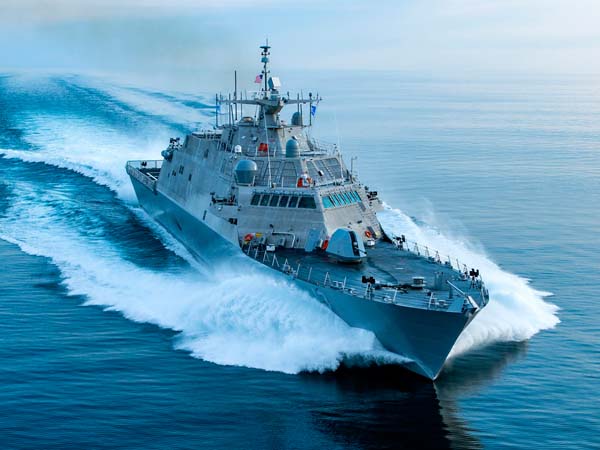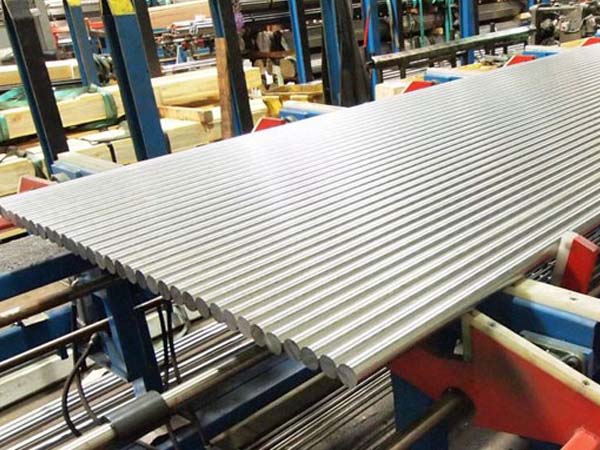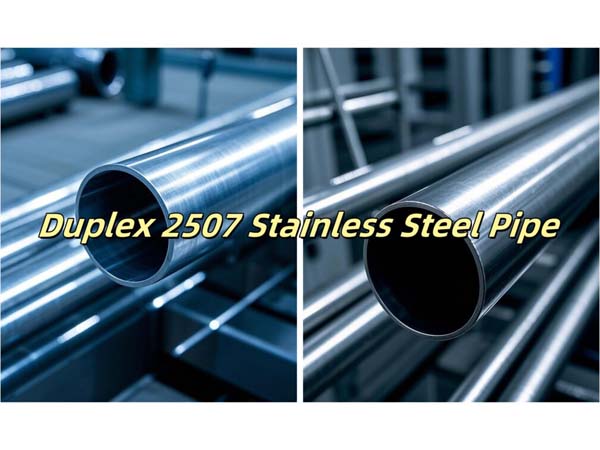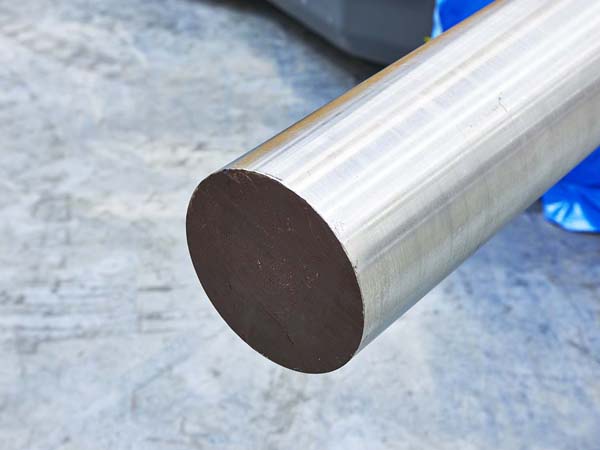





Phone
+86-731-82250427
Address
25th floor, C3 Building, Wanda Plaza, Kaifu District, Changsha, Hunan Province, China.
 Apr 22 2025
Apr 22 2025Q1: What is 431 stainless steel? What are its key properties?
A1: 431 stainless steel is a martensitic grade known for its high strength and moderate corrosion resistance. Its chemical composition includes 15-17% chromium, 1.25-2.5% nickel, and controlled carbon content (≤0.20%), resulting in a hardness range of HRC 30-40 after heat treatment. This material is widely used in applications requiring durability, such as automotive components and industrial shafts. Buyers should always request a Material Test Certificate (MTC) to verify compliance with ASTM A240 or EN 1.4057 standards, ensuring the material meets project specifications.
Q2: How does 431 differ from 304 or 430 stainless steel?
A2: 431 stainless steel offers higher strength and heat treatability compared to 304 (austenitic) and 430 (ferritic) grades, making it ideal for high-stress environments. However, it has lower corrosion resistance than 304 and is less cost-effective than 430. For example, 431 is preferred for engine parts requiring wear resistance, while 304 suits highly corrosive environments like food processing. Choosing between these grades depends on balancing strength, corrosion needs, and budget.
Q3: Can 431 stainless steel withstand seawater exposure?
A3: 431 stainless steel is not recommended for prolonged seawater use due to risks of pitting corrosion. While it performs well in freshwater and mild chemical environments, marine applications require alternatives like duplex stainless steel (e.g., 2205) or protective coatings. If 431 must be used in coastal areas, regular maintenance and anti-corrosion treatments are essential to extend service life.
Q4: What makes 431 suitable for precision machining?
A4: With a tensile strength of ≥850 MPa and good machinability, 431 stainless steel is effective for precision parts such as valves and gears. However, its martensitic structure can lead to distortion during welding or heavy machining. To mitigate this, stress-relief annealing should be performed post-processing, and tight tolerance designs must account for potential dimensional changes during heat treatment.
Q5: How is 431(also know as 1.4057 stainless steel) heat-treated for optimal performance?
A5: Heat treatment involves quenching the material at 980–1050°C followed by tempering between 550–750°C. Lower tempering temperatures maximize hardness (ideal for wear-resistant tools), while higher temperatures improve toughness for load-bearing components. Partnering with certified suppliers ensures proper heat treatment cycles, preventing issues like brittleness or premature failure.
Q6: What are the best practices for welding 431 stainless steel?
A6: Welding 431 requires preheating to 200–300°C and using AWS E/ER630 electrodes to match its composition. Post-weld annealing at 600–750°C is critical to reduce residual stresses and prevent cracking. Inexperienced welders often overlook these steps, leading to joint failures. Always work with specialists familiar with martensitic grades to ensure structural integrity.
Q7: Can 431 achieve a medical-grade surface finish?
A7: Yes, medical-grade surface finishes (Ra ≤0.8 μm) are achievable through mechanical polishing and electrochemical passivation. These processes remove contaminants and enhance biocompatibility, making 431 suitable for surgical instruments. Buyers should specify surface roughness requirements upfront and conduct post-processing inspections to meet strict hygiene standards.
Q8: What drives price fluctuations in 431 stainless steel?
A8: Prices are influenced by nickel market volatility, order volume, and plate thickness. For instance, a 10% spike in nickel prices can increase material costs by 5–7%. To save costs, consider bulk purchases (MOQ ≥1 ton) and monitor the London Metal Exchange (LME) for nickel trends. Avoid suspiciously low-priced suppliers, as they may compromise on quality.
Q9: How to verify supplier authenticity for 431 stainless steel?
A9: Authentic suppliers provide MTCs with spectrographic analysis and third-party certifications (e.g., SGS). Red flags include vague documentation or refusal to share test reports. For critical projects, conduct independent lab tests to validate chromium and nickel content. Trusted suppliers often hold ISO 9001 certification and offer transparent sourcing details.
Q10: What is the lead time for custom 431 stainless steel plate sizes?
A10: Standard sizes (1–50mm thick) ship within 48 hours, while non-standard dimensions (e.g., 60mm thickness) require 15–30 days for custom rolling and heat treatment. To avoid delays, plan orders early and confirm production schedules with suppliers. Some manufacturers offer expedited services for urgent projects at additional costs.
